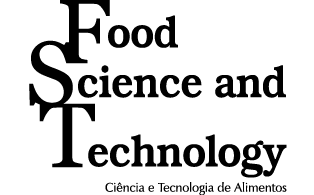The aim of this work was to evaluate the osmotic dehydration of sweet potato (Ipomoea batatas) using hypertonic sucrose solutions, with or without NaCl, at three different concentrations, at 40 °C. Highest water losses were obtained when the mixture of sucrose and NaCl was used. The addition of NaCl to osmotic solutions increases the driving force of the process and it is verified that the osmotic dehydration process is mainly influenced by changes in NaCl concentration, but the positive effect of the salt-sucrose interaction on soluble solids also determined the decrease of solid gain when solutes were at maximum concentrations. Mass transfer kinetics were modeled according to Peleg, Fick and Page's equations, which presented good fittings of the experimental data. Peleg's equation and Page's model presented the best fitting and showed excellent predictive capacity for water loss and salt gain data. The effective diffusivity determined using Fick's Second Law applied to slice geometry was found to be in the range from 3.82 x 10-11 to 7.46 x 10-11 m²/s for water loss and from 1.18 x 10-10 to 3.38 x 10-11 m²/s for solid gain.
sucrose; salt; effective diffusivity; empirical models












